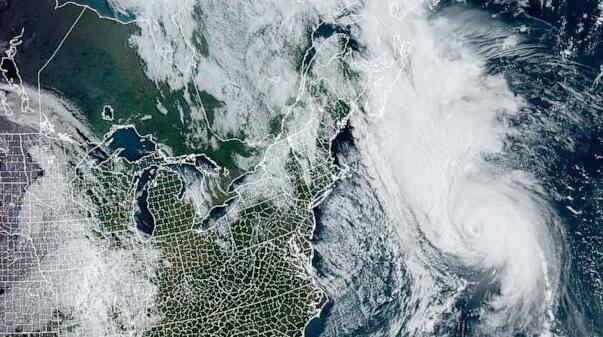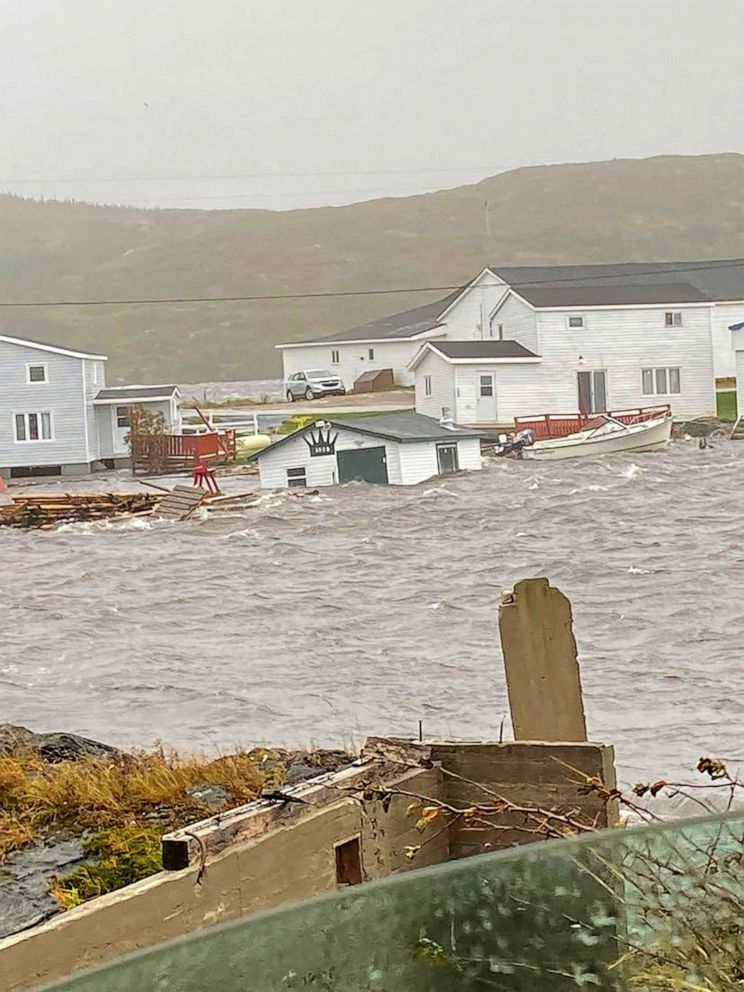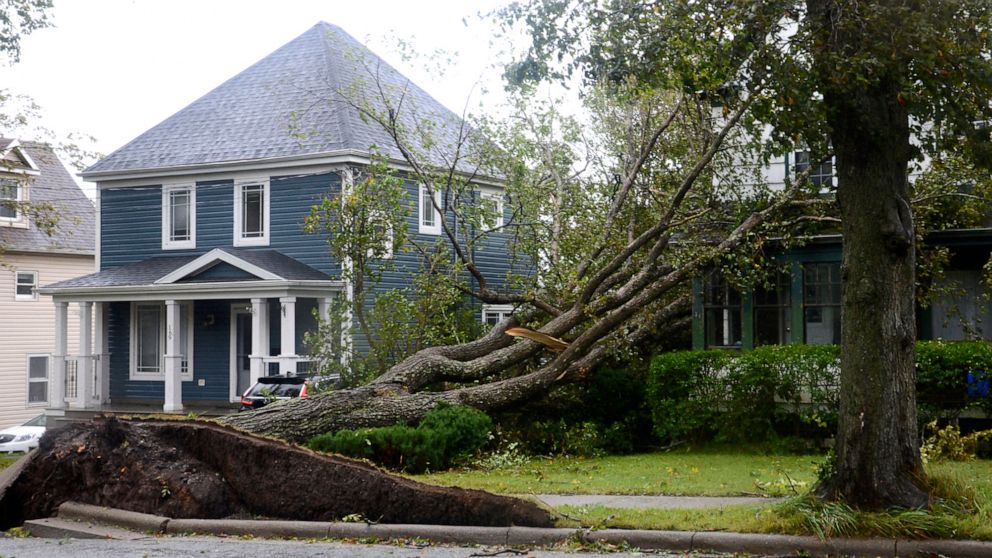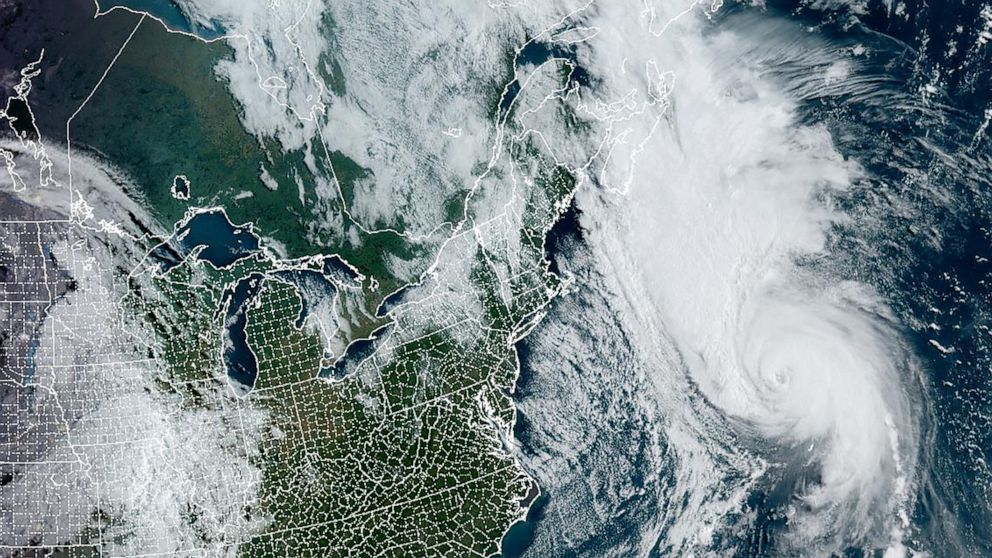
Much of Nova Scotia, Prince Edward Island without power as Fiona hits Canada
About two-thirds of Nova Scotia and the entirety of Prince Edward Island are currently without power as Fiona, now a post-tropical cyclone, continues to lash the east coast of Canada with strong, gusty winds. It’s the most intense landfalling system Canada has ever seen.
While it has lost its tropical characteristics, Fiona is still producing hurricane-force winds over a large area. Wind gusts over 85 mph were recorded in Sydney, Nova Scotia, on Saturday.


Winds are sustained at 70 mph, but the storm’s wind field has expanded some. The U.S. National Weather Service office in Caribou, Maine, recorded a wind gust of 52 mph Saturday morning.
The wide range of Fiona’s wind field was resulting in a long duration of strong winds across a vast geographical area. Significant impacts will continue through Sunday morning.
Hurricane warnings were issued for all of Prince Edward Island and parts of Nova Scotia and Newfoundland. High wind alerts have been issued for much of Maine through tonight, showing the far-reaching impacts of this storm.

Fiona made landfall in Nova Scotia early Saturday morning. While the storm is no longer a Category 3 hurricane, it still brought powerful winds gusting at over 100 mph.
The storm will now continue to weaken as it heads further north. After dropping below hurricane strength Saturday it is expected to continue north toward Greenland.

Fiona was forecast to become the strongest storm, in terms of pressure, to hit Canada. It was expected to bring high winds, dangerous storm surge, up to 10 inches of rain, flooding and large, destructive waves.The biggest impact in the United States will be high winds gusting up to 55 mph in Maine expected on Saturday and an increased threat of rip currents, with 10-foot waves, along the East Coast.
Conditions on the island improved by the afternoon.

Comments (0)